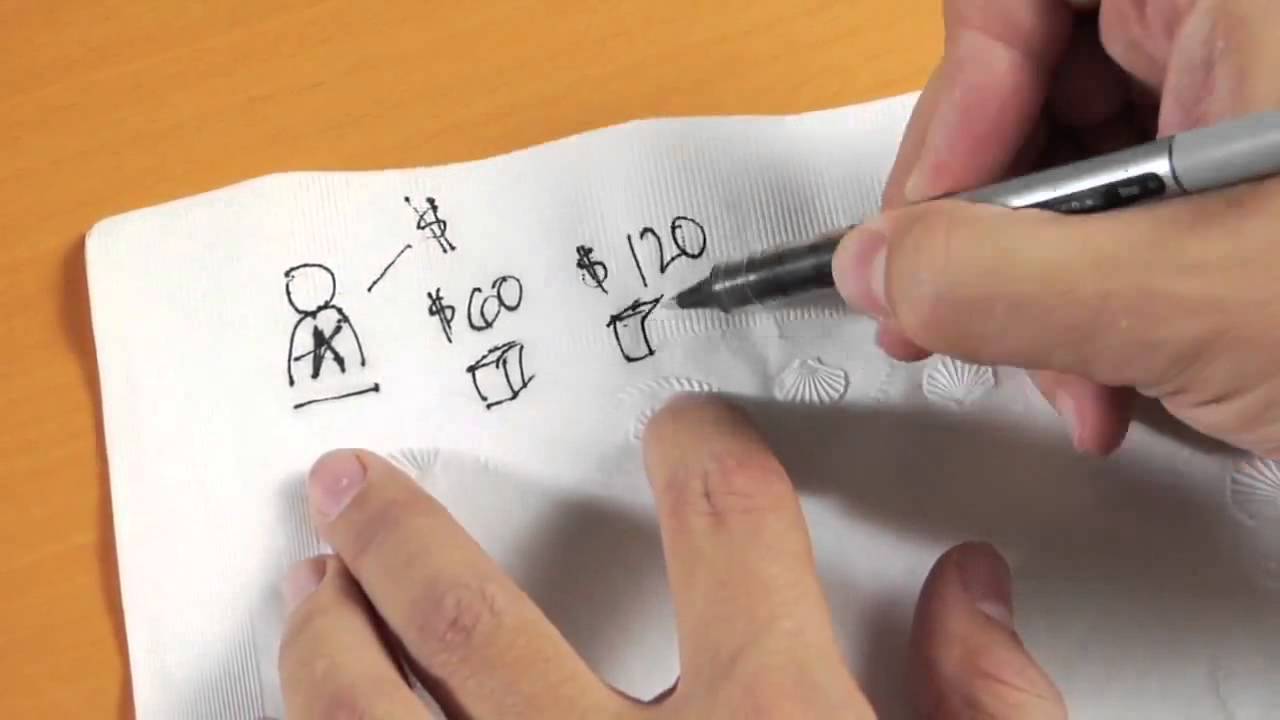There is quite a bit of chatter out in the marketplace about how to measure success in major gifts. Some managers feel the whole thing is about measuring activity, i.e., what is the MGO doing? The problem with measuring activity, while it is important, is that that’s all it does. It measures activity. It doesn’t measure results.
Jeff and I have seen many situations in which the manager of the major gift program is so obsessed with how many calls and visits an MGO makes that they don’t see that revenue per donor is dropping, which is a more important sign that things are not right.
We’ve been doing this work for many years and, when you boil it all down to the basic essentials, Jeff and I believe that these five metrics are the critical measures to watch in your major gift program:
- Caseload Value: Is the total value of the MGO’s caseload (a) at an acceptable ROI when starting, and (b) at a place where it’s growing? The caseload value needs to make economic sense. We come into situations where the total caseload value is $200,000 and we wonder how any manager can sit around and believe that is OK. We have seen other situations where the caseload value is $300,000 and it has been at that level for each of the 3 MGOs in the organization! Whoa! This is a serious problem. If you are starting a major gift program it is fine to start at those levels as you build a caseload, but by the end of the year you should be pushing $400,000+ and going up from there each year.
- Value Retention: We have analyzed hundreds of donor files and caseloads over the years. And the amount of money being lost each year from the same donors is unbelievable! These losses are often in the 40-60% range every year. Using 50% as the loss percentage, this means that if 1000 donors gave $1 million dollars two years ago, last year those same donors gave $500,000 and this year they will give $250,000! Compare that to a group of properly managed caseload donors where the 1 million dollars two years ago, through normal attrition, would drop to $890,000 last year and only $827,000 this year. Huge difference. If you are experiencing large losses from the same donors year to year, you have a value attrition problem.
- Five, Six and Seven Figure Gifts: If the caseload you are managing is not producing five, six and seven figure gifts then something is wrong. I’m not talking about multiple large gifts each year. How about just one? One large gift. Here’s the point, and Jeff and I have written about this extensively – buried in your donor file and in your caseload are donors that can and will give more. They aren’t doing it because most likely you are not doing the right things, which, foundationally, comes back to identifying and serving the interests and passions of the donor. If it’s the “same old same old” thing every year with each of the donors on your caseload, you are obviously not moving forward with your donors, which means YOU are not moving forward. Take a look at this.
- Return on Investment (ROI): Establish ROI criteria for all MGOs. This is about taking the total compensation of the MGO (salary and benefits) and adding in all operational costs, including the office, etc., and putting that total cost against the total caseload value for a return on investment (ROI) figure. Jeff and I have seen these ROI ratios run from as low as 1:3 for starting programs to as high as 1:29 for very mature programs. There is no “right” ROI that applies to everyone on the high side. But, as a general rule, the starting ROI needs to be at least 1:3 and the ongoing operating ROI needs to be between 1:5 to 1:12, somewhere in there.
- Connection to Program: This one can tend to get fuzzy, but hear me out. Jeff and I believe that every MGO needs to regularly stay in touch with program. We think that should happen once a week. Yes, once a week. Why? Because if the MGOs are not personally engaged with what is being presenting to donors, they will not be effective. It just will not happen. And that engagement is not only about the head (facts, figures, details, outcomes) – it is also about the heart, personally experiencing the pain and hurt of others or, if you are in animal or environment causes, experiencing the abuse of animals and our planet. This is a must. That is why this is an important metric for us – asking the MGO the simple question, “Are you staying connected to program?”
There you have it – five metrics. Let me be clear that all the other measures of activity are important. And I would keep doing that, i.e., measuring how the MGO spends his time so there is focus and accountability. But, at the end of the day, if these five things are not happening, the program and the donors are not going anywhere.
Richard







Am I correct that when you measure all of these metrics you are looking at total dollars in from the prospects rather than just the dollars asked for and/or actually brought home by the MGO? I have seen a lot of organizations that don’t get too caught up in measuring all of the dollars and focus in on dollars asked and earned as the real goal since that is the focus of the MGO and focusing too much on the overall value can be distracting.
That is correct, Paul. Total dollars. Our focus is on what the donor does NOT the vehicle that carries the gift into the organization. For instance, we regularly see donor files where NON caseload donors attrition from 40-60% while those donors on a caseload and receiving direct mail, and who choose to send their gift in the direct mail envelope, attrition between 7-11%. Why? Because the MGO is relating, stewarding and caring for the donor, which is why the credit goes to the MGO, with soft credit to direct mail. The same is true for all the rest of the media or channels. The focus should be on the donor and are they staying with you and growing.